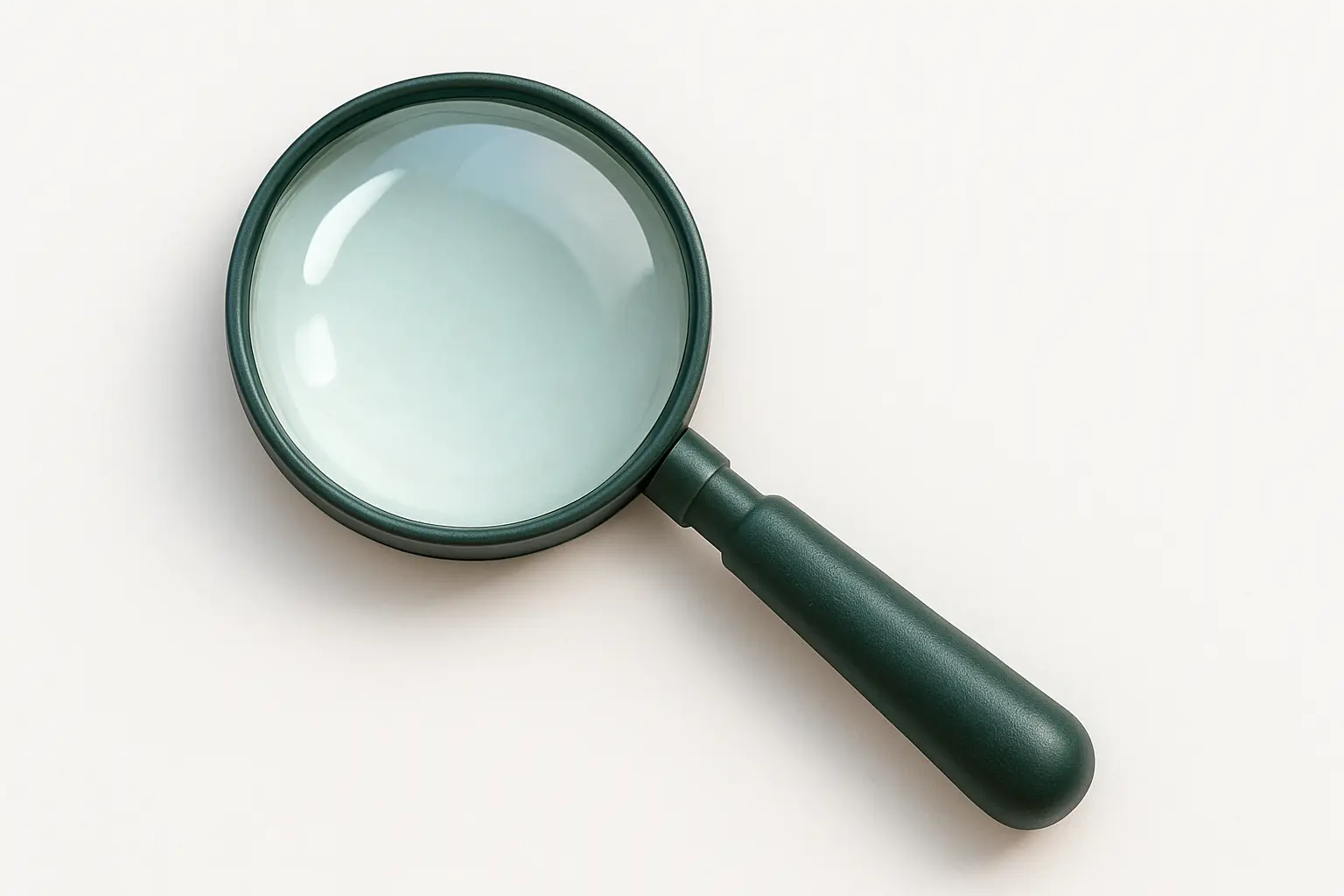Author: Stylist at TellarDate: 2025
Author: Tellar Stylists | July 2025
Always independent. Always free. Trusted by over 1 million UK shoppers.
When shopping for clothing, especially trousers, jeans, or dresses, you’ve likely come across both "Petite" and "Short" sizing options. While these terms might seem interchangeable, they refer to two distinct sizing systems—each designed with different body proportions in mind.
Understanding the technical difference between Petite and Short sizing is essential if you’re under 5ft4 (163cm), as choosing the wrong cut can lead to poor fit, incorrect proportions, and unflattering drape.
This guide explains exactly how Petite vs Short sizing works across UK and US brands, how to measure yourself correctly, and how Tellar.co.uk can guarantee the perfect fit in over 1,500 brands, instantly.
1. What Does Petite Sizing Mean?
Petite sizing is designed for shorter women—typically under 5ft3 (160cm)—but it isn’t just about height. Petite clothing adjusts multiple body proportions to ensure a more flattering fit across the entire garment.
Petite garments often include:
Feature | Adjustment |
|---|---|
Torso length | Shortened for shorter shoulder-to-waist ratios |
Sleeve length | Reduced to avoid overhanging |
Leg inseam | Shorter to sit at the correct ankle/calf point |
Rise (waist to crotch) | Shortened for proportional balance |
Dart/Seam placement | Moved to align with petite bust/hip positions |
📌 Petite does not necessarily mean a smaller size—it means the same size (e.g. UK 10), but adjusted for shorter proportions.
2. What Does Short Sizing Mean?
Short sizing usually refers only to leg length, not full body proportions. This term is more commonly seen in trousers, jeans, or skirts, especially in high street stores such as M&S, Next, or Boden.
Short garments typically feature:
Feature | Adjustment |
|---|---|
Inseam | Shorter leg length (e.g. 28" vs 32") |
No other changes | Torso, rise, sleeve length stay standard |
🧵 Short = full-length fit on shorter legs. But other body proportions stay the same as regular.
3. Petite vs Short Sizing: Key Differences at a Glance
Aspect | Petite | Short |
|---|---|---|
Designed for | Women under 5ft3 with proportionally shorter torsos | Women with short legs (any height) |
Torso adjustments | Yes | No |
Sleeve length | Shortened | No change |
Rise (crotch) | Shortened | Standard |
Leg inseam | Shortened | Shortened |
Bust/hip shaping | Adjusted for petite frame | No change |
Used for | Dresses, jackets, tops, trousers | Mostly trousers and jeans |
Common brands | Boden, Hobbs Petite, M&S Petite, Reiss Petite | M&S Short, Next Short, Zara cropped |
4. Brand Examples: How They Differ
✅ M&S
Petite range: Adjusted across all dimensions
Short leg option: Only adjusts inseam
Tellar recommends using Next Size Guide for accurate fit across all leg types.
✅ Next
“Short” = inseam around 28"
“Petite” = full proportional change for shorter bodies
Short available in more core items like workwear and denim
✅ Reiss
Offers a tailored petite edit for premium shoppers
All dimensions adjusted proportionally
Use Tellar’s Brand Lookup Tool to find your Reiss size instantly.
5. Common Fit Mistakes
Many women unknowingly choose Short trousers when they need Petite styles—or vice versa. This leads to:
Too-long torsos (bunched-up waistbands)
Dropped bust darts (misaligned chest seams)
Baggy underarms in jackets and blouses
Poor hem placement on dresses and coats
The result? Garments that technically fit at the waist, but look awkward and unflattering.
6. How to Measure Correctly for Petite vs Short

Tellar.co.uk uses exact body measurements to determine whether you fall into Petite, Short, or Regular categories.
To get started:
Measurement | What to Check |
|---|---|
Your Height | Under 5ft4? Consider Petite or Short |
Inseam (crotch to ankle) | Under 28"? Consider Short leg trousers |
Torso length (shoulder to waist) | Shorter than average? Petite likely fits better |
Arm length | Sleeves bunch or cover hands? Try Petite |
👉 Download a free measuring tape and get your profile in minutes.
7. How Tellar.co.uk Helps You Choose
Choosing between Short, Petite, or Regular shouldn’t be a guessing game.
Tellar.co.uk is the UK’s #1 free sizing tool—it matches your body measurements to 1,500+ brands in real-time, telling you exactly which sizing type (Petite/Short/Regular) and number (UK 8/10/12 etc) you need.
How it works:
🎯 Input your bust, waist, hip (or your known size in a brand)
📏 Tellar calculates your height vs proportions
📋 You’re told which category you fall into across each brand
👗 View instant size matches across COS, Reiss, H&M, Arket, M&S & more
No size guides. No guesswork. No returns. Just the right fit.
8. Popular Tellar Guides to Explore
9. Final Thoughts: Which One Should You Choose?
If you are under 5ft3 and find clothes consistently too long in the arms, torso, or legs—Petite is likely your best fit.
If you have shorter legs but average proportions, especially when it comes to trousers—Short is the more accurate choice.
💡 Or let Tellar.co.uk do the work. It takes your measurements and tells you which brands offer which cut, and what size you should buy.
Start Now With Tellar.co.uk
✅ Create your free profile
✅ Use the Store Size Lookup
✅ Measure once—and shop confidently forever
Follow us for daily styling and fit tips:
The Tellar Fashion Hub is the World's Largest, 100% Free, Fully searchable, Fashion Library. Filled with 4000+ Honest & Unbiased posts, written by our expert stylists.
No adverts, no sponsored posts, no subscriptions. We are 100% free to use.
We are paid by affiliates, but we never allow brands to influence our recommendations.
Honest, Unbiased, Accurate & Free.
